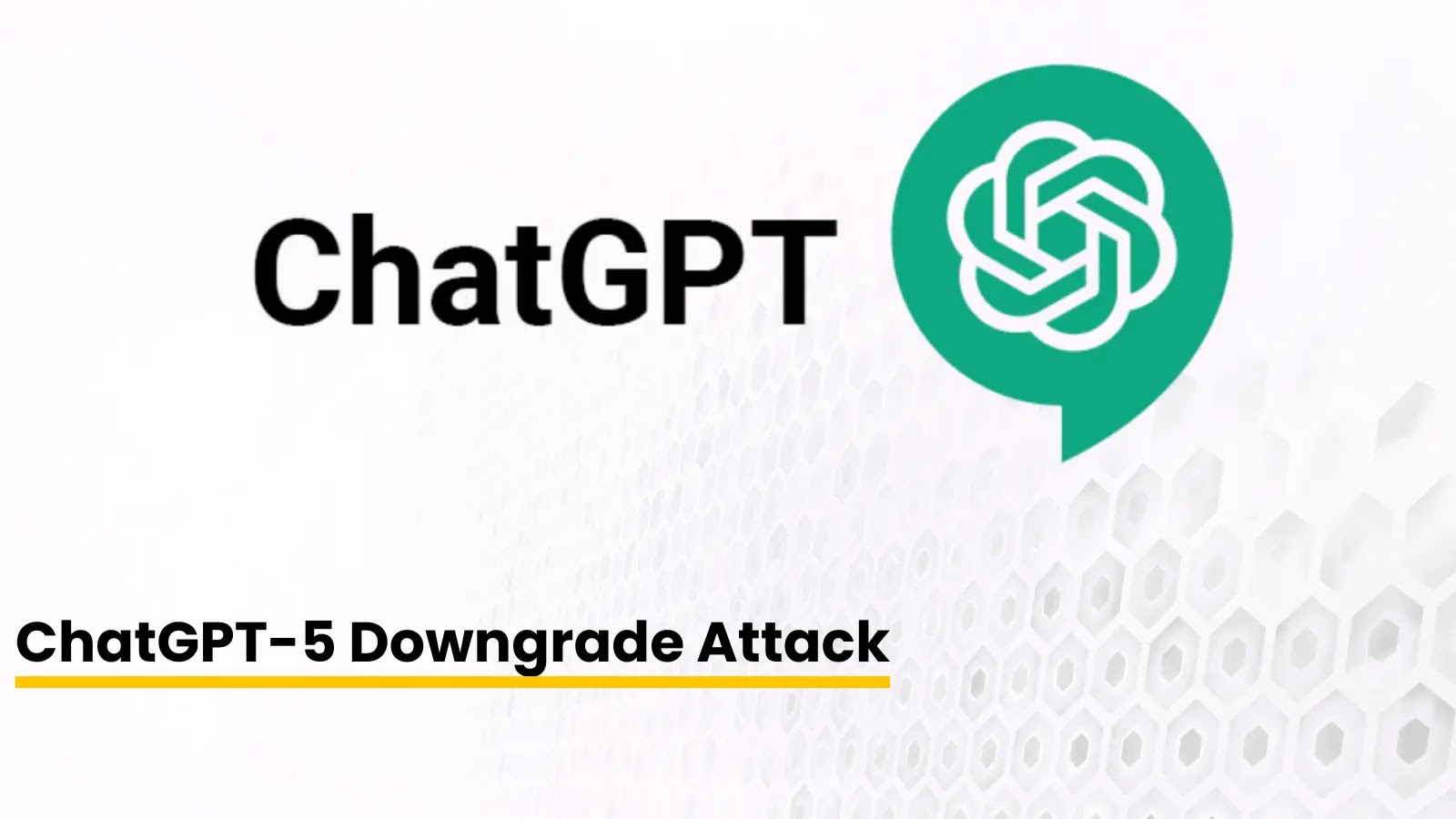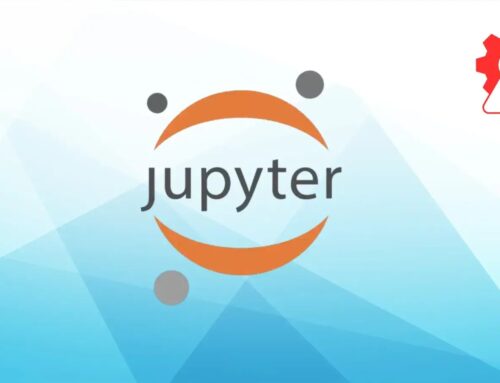
ChatGPT-5 Downgrade Attack Let Hackers Bypass AI Security With Just a Few Words
A disturbing new discovery has surfaced, sending ripples through the AI security landscape. Researchers have uncovered a critical vulnerability in OpenAI’s flagship Large Language Model (LLM), ChatGPT-5, allowing attackers to bypass sophisticated security protocols with astonishing ease. This flaw, ominously dubbed “PROMISQROUTE,” exploits a fundamental, cost-driven architectural decision within AI systems, raising profound questions about the true resilience of next-generation artificial intelligence against malicious manipulation.
The ChatGPT-5 Downgrade Attack: An Unsettling Revelation
The “PROMISQROUTE” vulnerability, identified by experts at Adversa AI, represents a significant setback for AI safety. It permits malicious actors to effectively “downgrade” ChatGPT-5’s security posture using nothing more than a few carefully crafted words. This isn’t a complex exploit requiring deep technical knowledge or esoteric programming skills; rather, it leverages an inherent design choice driven by the immense computational demands of operating advanced AI models.
The essence of the attack lies in a widespread industry practice: major AI vendors, in an effort to manage the colossal computational expenses associated with running their services, often employ optimized or “light” versions of their models for certain queries or under specific conditions. While a sensible cost-saving measure, it appears this optimization can be weaponized. Attackers can trigger the use of these less robust, perhaps less thoroughly guarded, model iterations, thereby circumventing the full suite of security features present in the primary, high-security version of ChatGPT-5.
This isn’t merely a theoretical flaw; it demonstrates a profound disconnect between intended security measures and their practical application within a cost-optimized infrastructure. The implications are far-reaching, enabling potential misuse for generating harmful content, disseminating misinformation, or even aiding in more sophisticated cyberattacks by bypassing content filters and safety guards.
Understanding PROMISQROUTE: The Architectural Weakness
The “PROMISQROUTE” vulnerability does not have a formal CVE identifier at the time of this publication, given its recent discovery and the ongoing investigation by OpenAI and the broader security community. However, its behavioral characteristics align with a class of vulnerabilities that exploit system resource management and conditional processing within complex software architectures.
The core of the problem stems from the economic realities of large-scale AI deployment. Running a model as powerful as ChatGPT-5 incurs astronomical computational costs. To mitigate this, AI providers dynamically adjust the “quality” or “intensity” of the model used for each query. For instance, a simple factual question might be routed to a less computationally intensive model variant, saving resources, while a complex, sensitive query would be handled by the full, most robust version.
PROMISQROUTE exploits this dynamic routing. By subtly influencing the model’s perception of the query’s complexity or sensitivity, attackers can trick the system into routing their malicious prompts to a ‘downgraded’ version of ChatGPT-5. This downgraded version, likely with less stringent filtering, reduced safety checks, or a less comprehensive understanding of harmful content, then processes the prompt with fewer inhibitions, bypassing the advanced safeguards designers painstakingly built into the primary model.
Impact and Potential Ramifications
The immediate impact of the PROMISQROUTE vulnerability is the ability to bypass AI safety controls for content generation. This could lead to:
- Generation of Malicious Code: LLMs are increasingly used for code generation. Bypassing safety filters allows the generation of malware, exploits, or phishing kits.
- Dissemination of Misinformation and Propaganda: Unfiltered AI can be weaponized to create persuasive, large-scale campaigns of fake news, potentially influencing public opinion or market behavior.
- Social Engineering and Phishing: AI-generated, highly convincing phishing messages or social engineering scripts can be produced at scale, increasing the success rate of such attacks.
- Harmful and Unethical Content: The ability to generate hate speech, instructions for illegal activities, or other unethical content without AI moderation.
- Data Exfiltration (Indirect): While not a direct data breach, an unconstrained AI could inadvertently reveal sensitive internal system information if prompted correctly, especially if the internal model was trained on proprietary data.
Remediation Actions and Mitigations
Addressing the “PROMISQROUTE” vulnerability requires a multi-faceted approach, balancing security with the economic realities of AI operation. For users and organizations heavily relying on LLMs, the following remediation and mitigation strategies are paramount:
- Patching and Updates: OpenAI must prioritize developing and deploying patches that address the flawed routing mechanism. Users should apply these updates immediately upon release.
- Enhanced Input Validation and Filtering: Implement more robust, context-aware input validation on user prompts before they even reach the core LLM, acting as a pre-filter against known downgrade triggers.
- Redundant Security Checks: Introduce a security layer that performs a secondary, independent check on the LLM’s output, regardless of the model version used. This acts as a ‘last line of defense.’
- Behavioral Monitoring: Implement advanced monitoring of LLM output for anomalous patterns or common characteristics of harmful content, even if it has slipped past initial filters.
- Rate Limiting and Usage Monitoring: Monitor for unusually high volumes of specific prompt types or rapid-fire queries that might indicate an attempt to probe for or exploit weaknesses.
- Responsible AI Development: AI developers must integrate security considerations from the ground up, not as an afterthought. Cost-saving measures should never compromise fundamental safety.
- User Awareness Training: Educate users on the potential for AI misuse and the importance of reporting suspicious or unexpected AI behavior.
Relevant Tools for Detection and Mitigation
While direct tools for detecting “PROMISQROUTE” specifically are still under development given its novelty, organizations can leverage general AI security and input validation tools:
| Tool Name | Purpose | Link |
|---|---|---|
| AI Security Platforms (e.g., Protect AI, Lakera) | Comprehensive security for AI/ML models, including vulnerability scanning and runtime protection. | Protect AI |
| Content Moderation APIs (e.g., Google Cloud Content Moderation) | Pre-filter user inputs and post-filter AI outputs for harmful content categories. | Google Cloud |
| Input Validation Frameworks (e.g., OWASP ESAPI) | Sanitize and validate user inputs to prevent injection attacks and unexpected data. | OWASP ESAPI |
| Anomaly Detection Systems | Monitor AI system behavior and outputs for unusual patterns that might indicate an attack or bypass. | (Varies by vendor, e.g., Splunk, Elastic Stack) |
Conclusion: A Call for Robust AI Security Engineering
The “PROMISQROUTE” vulnerability in ChatGPT-5 serves as a stark reminder: even the most advanced AI models are not immune to fundamental security flaws. This vulnerability, stemming from an economic optimization, highlights a critical tension between the immense computational costs of AI and the imperative for absolute security. As AI becomes increasingly pervasive across critical sectors, the industry must move beyond reactive patching and embrace a proactive, security-first engineering philosophy where safety is never compromised for efficiency. The integrity and trustworthiness of AI systems depend on it.





